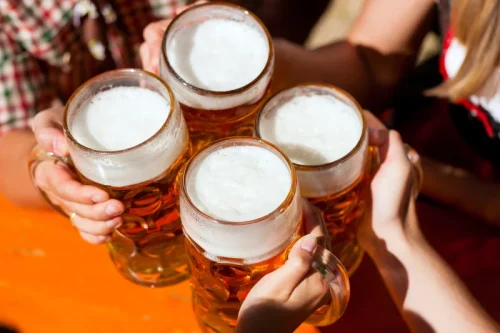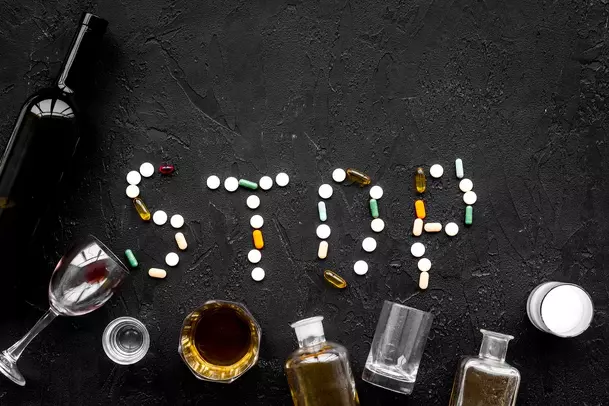
These are the key investments needed to stop fentanyl from reaching our communities. The most effective treatments for opioid use disorder include the combined use of medication opioid addiction treatment and behavioral treatment. These treatments are routinely provided on an outpatient basis, including primary care or at federally regulated opioid treatment programs.
Opioid Withdrawal Treatment (Detoxification)
Naloxone can reverse the effects of an opioid overdose if it’s given to the person quickly. Medical attention is still urgently needed after the administration of naloxone. An opioid overdose can happen when a person takes too much of an opioid or a combination of opioids and other drugs. Treatment is highly individualized — one person may need different types of treatment at different times. Research shows that mental illness may contribute to substance use disorders, and substance use disorders can contribute to the development of mental illness. About 45% of people who use heroin started with misuse of prescription opioids.
Certification of Opioid Treatment Programs
They can also be provided at a part- or full-time residential facility that specializes in treating substance use disorders. Methadone is a medication approved by the Food and Drug Administration (FDA) to treat OUD as well as for pain management. Methadone helps individuals achieve and sustain recovery and to reclaim active and meaningful lives. Methadone is one component of a comprehensive treatment plan, which includes counseling and other behavioral health therapies to provide patients with a whole-person approach. Under federal law 42 CFR 8.12, patients receiving treatment in Opioid Treatment Programs (OTPs) must be able to receive counseling through the OTP, along with medical, vocational, educational, and other assessment and treatment services.

Get Started On The Road to Recovery Today!
Several websites provide resources you can use to find treatment services, including resource lists maintained by government agencies like SAMSHA. Family therapy can also help family members support the person who wants to quit opioids and help each member become more aware of how they may have inadvertently contributed to difficulties that occurred in the past. Some opioids have https://ecosoberhouse.com/ such a strong affinity for opioid receptors that they can overcome naltrexone and displace it, allowing them to exert their effects anyways, Wade explains. In other words, since naltrexone blocks opioid effects, it reduces the reinforcing effects of opioids even when they are ingested. Because people find that opioids are no longer reinforcing, they may be less likely to use them.
We should leverage the successes of HIV care to prevent overdose mortality
U.S. District Judge Jeffrey J. Helmick entered the judgment and permanent injunction in U.S. In August 2018, Judge Helmick issued a temporary restraining order and preliminary injunction prohibiting Gerber from prescribing opioids or other controlled substances. Gerber agreed to a consent judgment to settle the allegations in the complaint.
- Taking an opioid for a day or two is not a problem for most people, but some studies show that even the first dose can have physiological effects that can make someone vulnerable to opioid use disorder.
- The long-acting injection, Vivitrol, is a form of naltrexone that eases compliance.
- There are different approaches, but each should be tailored to meet the individual needs of the person with opioid use disorder.
- Family therapy can help families with a member or members who are dealing with addiction, but it is especially effective for adolescents with substance use disorders.
- Unfortunately, people with OUD are at the highest risk of death in the first four weeks of OUD treatment and in the four weeks after treatment ends if they relapse.
Motivation is the most important psychological predictor of effective treatment for opioid addiction. If someone is not motivated to quit opioids, they are at a high risk of relapse which in turn puts them at greater risk of death by overdose. If all of the physical, social, and mental health aspects of opioid addiction are not addressed, the treatment is less likely to be successful, and the person may relapse.
To address the fentanyl crisis, greater access to methadone is needed
A sponsor is a confidante with essential lived experiences and can be called 24/7 for help. † Examples include abscess incisions, suture placement, and fracture reduction; or sedation of intubated patients. Side effects should be taken seriously, as some of them may indicate an emergency. Patients should stop taking methadone and contact a doctor or emergency services right away.
Clinical trials
The symptoms of withdrawal are a major reason for relapse and further prescription drug abuse. But medications can help you through opioid withdrawal and prevent symptoms. Experts say psychological and social factors are the main drivers that could push you back to using. Stress and situations that remind your brain of the pleasure the drug can bring are common triggers.

What makes Yale Medicine’s approach to opioid use disorder unique?
